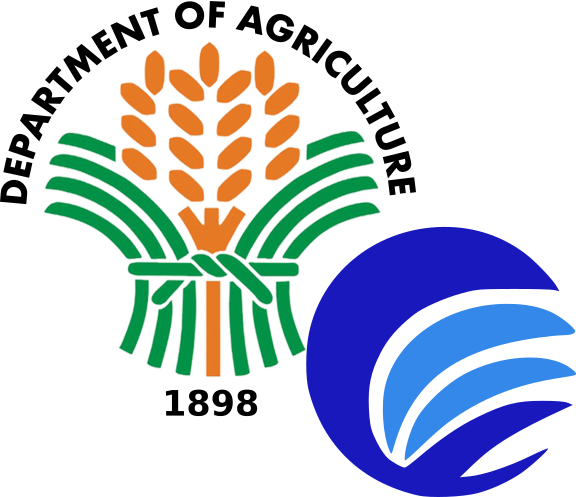National Fisheries Research & Development Institute Digital Repository
The National Fisheries Research and Development Institute, as mandated by RA 8550, is the primary research arm of the Bureau of Fisheries and Aquatic Resources. Its repository serves as the official open access platform for its research outputs and knowledge products.

Collections in NFRDI Digital Repository
Select a community to browse its collections.
- consists of collections focused on fisheries research. It includes various journals and research articles published by NFRDI, covering topics such as aquaculture, marine biodiversity, fisheries technology, and climate change impacts on fisheries. Recent submissions explore areas like fish vulnerability assessments, induced spawning of marine species, and the discovery of new fish species, supporting the institute's mission to advance sustainable fisheries management in the Philippines (NFRDI Digital Repository).
- These are journal articles published in NFRDI journals as well as externally by NFRDI authors.
Recent Submissions
NFRDI, CLSU benchmark on scientific journal indexing
Moncawe, Cyrenes (Department of Agriculture. National Fisheries Research and Development Institute, 2022)
Central Luzon State University's (CLSU) International Journal of Science and Technology (IJST) Editor-in-chief Dr. Hazel Monica Peralta visited the DA-National Fisheries Research and Development Institute (NFRDI) on November 10, 2022 for a benchmarking activity on the indexing of their journal.
NFRDI presents climate change impact on sardines
Moncawe, Cyrenes (Department of Agriculture. National Fisheries Research and Development Institute, 2022)
The Department of Agriculture-National Fisheries Research and Development Institute (NFRDI), represented by Dr. Mudjekeewis Santos, scientist IV and chief of Training Division, presented the "Climate Change Impact on Sardines Fishery and Fishers" during the 5th National Sardines Congress held on October 20-21, 2022 in Zamboanga City.
Comprehensive study to expand Philippine salt industry underway
Gatdula, Norvida (Department of Agriculture. National Fisheries Research and Development Institute, 2022)
The Department of Agriculture (DA) is implementing the P100- million revitalization program called the Development of Salt Industry Project (DSIP) to enhance the local production of salt using the latest technologies and ensure ample supply in the Philippines.
Cultured sugpo harvested from NFRDI-SEAFDEC project
Merilles, Ma. Lourdes (Department of Agriculture. National Fisheries Research and Development Institute, 2022)
A total of 659 kilograms of black tiger shrimp or sugpo (Penaeus monodon) was harvested at the National Fisheries Research and Development Institute-Freshwater Fisheries Research and Development Center (NFRDI-FFRDC) on December 19, 2022.
TBI promotes polyculture to benefit fish farmers in Abra
Dela Cruz, Rita (Department of Agriculture. National Fisheries Research and Development Institute, 2022)
To promote the technology on tilapia and hito polyculture and showcase the results of the Technology Business Incubation (TBI) project on "Upland Tilapia and Hito Grow-out Culture in Abra," a harvest field day was conducted on October 27, 2022 in Pidigan, Abra.

